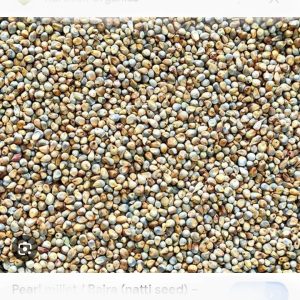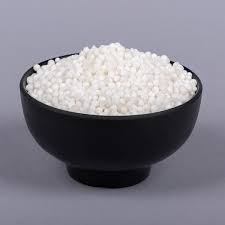Grain County Barley
₹12.60 – ₹94.50
- Digestive Health: The fiber in barley promotes regular bowel movements and helps prevent constipation and other digestive issues.
Barley (Hordeum vulgare) is a member of the grass family Poaceae and is one of the earliest domesticated grains. It has a long, slender shape with a tough outer hull that is removed before consumption. Barley grains vary in color from golden brown to pale white, depending on the variety.
Types of Barley: There are several different types of barley, each with its own characteristics and uses:
- Hulled Barley: Hulled barley, also known as barley groats, is the whole grain form of barley with only the outer hull removed. It has a chewy texture and retains most of its nutrients, including fiber, vitamins, and minerals.
- Pearl Barley: Pearl barley is processed to remove the outer hull and some or all of the bran layer, resulting in a smoother texture and shorter cooking time compared to hulled barley. It is commonly used in soups, stews, and pilafs.
- Pot Barley: Pot barley, also known as Scotch barley, is less processed than pearl barley, with only the outer hull removed. It retains more of its bran and germ, giving it a chewier texture and nuttier flavor.
- Barley Flour: Barley flour is ground from barley grains and can be used as a gluten-free alternative to wheat flour in baking.
Culinary Uses: Barley is a versatile ingredient used in a variety of culinary applications, including:
- Soups and Stews: Barley is commonly used in soups and stews to add texture and flavor. It absorbs the flavors of the other ingredients and adds a hearty, satisfying element to the dish.
- Salads: Cooked barley can be used as a base for salads, either hot or cold, combined with vegetables, herbs, and dressings for a nutritious and filling meal.
- Pilafs and Risottos: Barley can be cooked like rice to make pilafs and risottos, where it absorbs the flavors of the cooking liquid and becomes tender and creamy.
- Breads and Baked Goods: Barley flour can be used in baking to make bread, muffins, pancakes, and other baked goods. It adds a nutty flavor and hearty texture to baked goods.
Nutritional Value: Barley is a nutritious grain that offers several health benefits. It is rich in fiber, vitamins, and minerals, including:
- Dietary Fiber: Barley is a good source of dietary fiber, including both soluble and insoluble fiber, which promotes digestive health and helps regulate blood sugar levels.
- Vitamins and Minerals: Barley contains vitamins and minerals such as B vitamins (including niacin, thiamine, and riboflavin), iron, magnesium, phosphorus, and selenium.
- Antioxidants: Barley contains antioxidants, including phenolic compounds and flavonoids, which help protect against oxidative damage and reduce the risk of chronic diseases.
Health Benefits: Consuming barley as part of a balanced diet may offer several health benefits, including:
- Heart Health: Barley is rich in soluble fiber, which helps lower cholesterol levels and reduce the risk of heart disease.
- Blood Sugar Control: The fiber content in barley helps slow the absorption of sugar into the bloodstream, which can help stabilize blood sugar levels and reduce the risk of type 2 diabetes.
- Weight Management: Barley is filling and low in calories, making it a satisfying option for weight management and appetite control.
- Digestive Health: The fiber in barley promotes regular bowel movements and helps prevent constipation and other digestive issues.
Availability: Barley is widely available in grocery stores, supermarkets, health food stores, and online retailers, both in its whole grain and processed forms. It is typically sold in bags or bulk bins, and the various types of barley may be labeled accordingly (e.g., hulled barley, pearl barley, etc.).
Storage: Store barley in an airtight container in a cool, dry place, such as a pantry or cupboard, to maintain its freshness and prevent moisture and pests. Properly stored barley can last for up to a year or more.
| WEIGHT | 10GM, 50GM, 100GM, 200GM, 500GM, 1KG |
|---|










Reviews
There are no reviews yet.